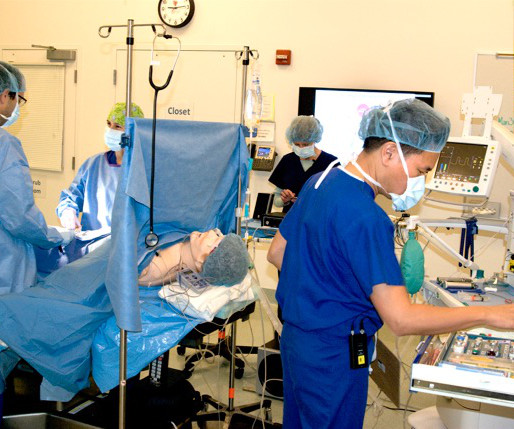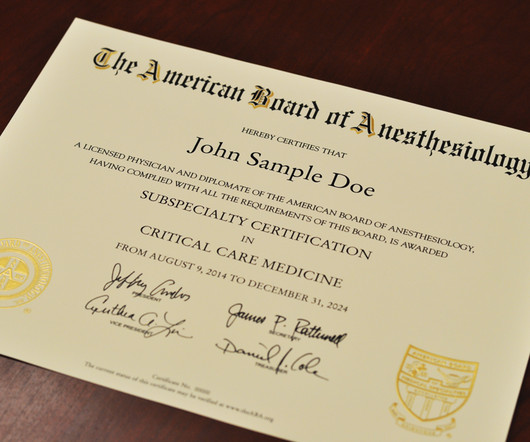WHAT ANESTHESIOLOGISTS DO… AN EXAMPLE ANESTHETIC
The Anesthesia Consultant
OCTOBER 11, 2020
An anesthesia machine, with the vital signs monitor screen on the left, and the electronic medical records computer screen on the right. His vital signs are heart rate = 100, BP = 150/80, respiratory rate = 20 breaths/minute, oxygen saturation 95% on room air, and temperature 100.2













Let's personalize your content